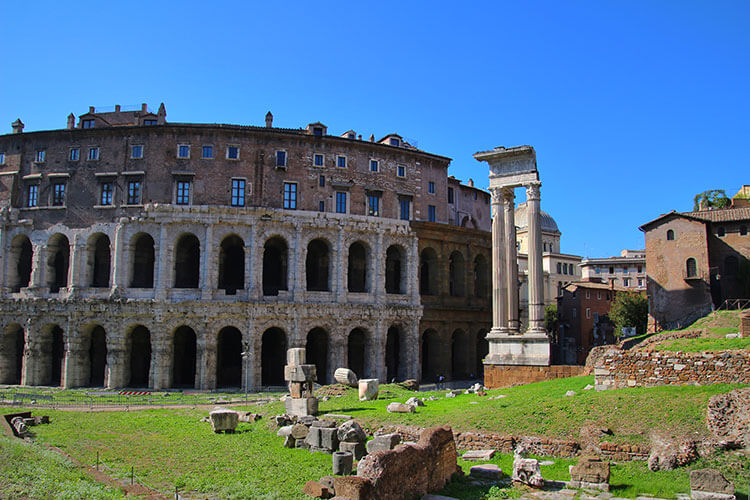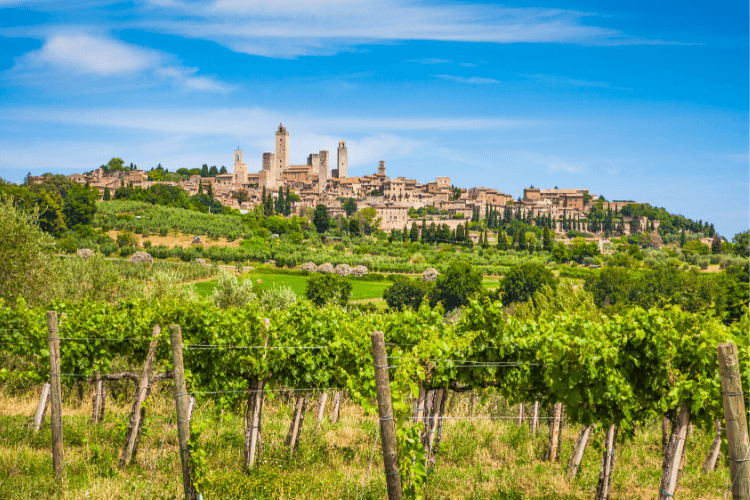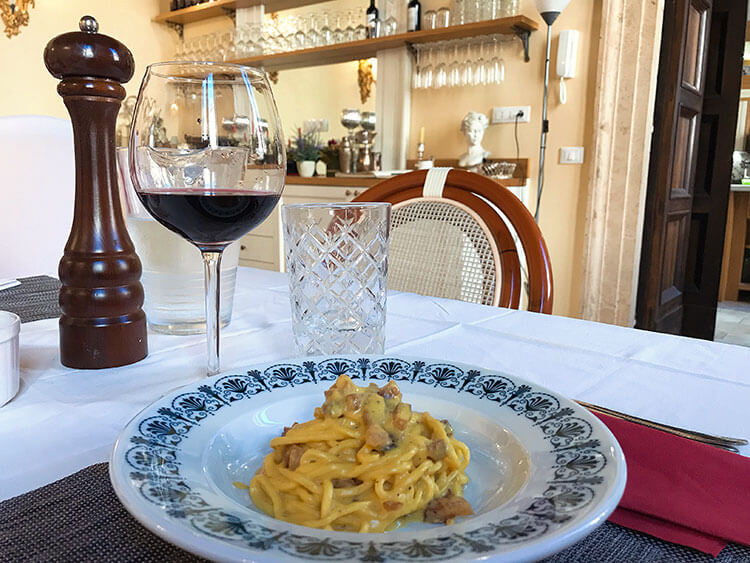Italy’s heartland is where stories of art, architecture, and ancient civilizations unfold against a backdrop of terracotta rooftops and vine-clad hills. From the stately grandeur of Rome to the Renaissance treasures of Florence and the elegant bustle of Milan, central Italy offers a journey that delights the soul as much as the senses. This is a place to take your time, to pause between museum visits for an espresso, and to let beauty seep in slowly — like sunlight on stone.

From Rome’s Grandeur to Florence’s Grace
There’s a rhythm to traveling across Italy that begins, for many, in Rome. The capital feels timeless, with its crumbling columns and baroque piazzas whispering of emperors and artists. But Rome is also dynamic — its busy trattorias hum with locals debating football and politics, and its boutiques burst with Roman flair.
When you board one of the high-speed trains from Rome to Florence, the change in landscape is as subtle as it is enchanting. Olive groves and cypress trees gradually replace urban sprawl, and the tempo softens. Florence feels like stepping into a perfectly preserved canvas. The air is scented with leather and espresso, and the Arno glistens beneath bridges once crossed by Medici princes and painters alike.
Here, art isn’t confined to galleries. It spills into courtyards, churches, and even the pavement beneath your feet. The Uffizi Gallery, with its’ Botticellis and Caravaggios, is essential — but so is simply wandering. Climb the Duomo’s dome for a sweeping view, or sip Chianti on a quiet side street as golden hour sets the city aglow.
Milan: Italy’s Elegant North
Further north, the Rome to Milan train whisks you into a different world. Sleek and stylish, Milan pulses with energy. This is Italy’s fashion capital, where shop windows are curated like art installations and aperitivo is a daily ritual. But beyond the catwalks and cocktails, Milan has cultural depth. The Last Supper, Leonardo da Vinci’s fragile fresco, hangs in quiet contemplation at the Convent of Santa Maria delle Grazie. The city’s soaring Gothic cathedral stands proudly at its center, its rooftop terrace offering a panoramic view of spires, statues, and city streets.
What makes Milan special isn’t just its modern sophistication, but its seamless fusion of old and new. It’s a place where contemporary art galleries stand alongside centuries-old theaters, and where tradition is reinterpreted rather than forgotten.

Tuscan Landscapes and Timeless Villages
Between Florence and Rome lies the beating heart of Tuscany. Picture-perfect doesn’t begin to describe it. Rolling hills curve into the horizon, lined with vineyards, wheat fields, and ancient stone farmhouses. The light here is soft and painterly, turning even the simplest of scenes into a postcard.
Town after town reveals its own charm. In Siena, the shell-shaped Piazza del Campo hosts a centuries-old horse race, while San Gimignano rises like a medieval Manhattan with its forest of towers. Montepulciano, with its noble wines and Renaissance streets, is ideal for slow exploration. And then there’s Pienza — a jewel box of a town, all honey-colored stone and pecorino cheese.
Traveling by car allows for the full Tuscan experience, where detours lead to hidden vineyards, family-run trattorias, and spontaneous moments — like stumbling across a village fiesta where accordion music fills the air and strangers become friends.

A Culinary Journey Through Central Italy
No visit to Italy’s heartland would be complete without indulging in its culinary traditions. Each city, each village, has its own take on seasonal produce and time-honored recipes. In Florence, the robust flavors of ribollita and bistecca alla Fiorentina take center stage. In the countryside, fresh pasta — like pici or tagliatelle — is lovingly hand-rolled and served with rich game sauces or truffle shavings.
Rome’s food is equally bold: carbonara made with just egg, cheese, and guanciale; suppli filled with gooey mozzarella; artichokes deep-fried to golden perfection. In Milan, meals are a little more refined. Think saffron-scented risotto, buttery osso buco, and glasses of sparkling Franciacorta to toast the occasion.
But whether you’re dining beneath frescoed ceilings or on a rustic terrace overlooking the hills, it’s the love poured into each dish that stands out. Meals here aren’t rushed. They’re shared, savored, and remembered.
Hidden Corners and Slow Discoveries
Beyond the well-trodden paths lie places that speak in quieter tones. The Etruscan tombs of Tarquinia, the thermal springs of Bagno Vignoni, the monasteries perched in Umbria’s green hills — all invite exploration beyond the obvious.
Traveling through Italy’s heartland is as much about the moments in between: the pause for gelato under a fig tree, the conversation with a winemaker in broken Italian, the bell that chimes through a silent square at midday. It’s a place that rewards those who are willing to meander.
Italy’s heartland doesn’t try to impress with spectacle. It enchants with grace. From the grandeur of Rome to the quiet dignity of Tuscan villages, and the polished elegance of Milan, this country weaves together art, history, food, and natural beauty into a journey that’s both enriching and restorative.